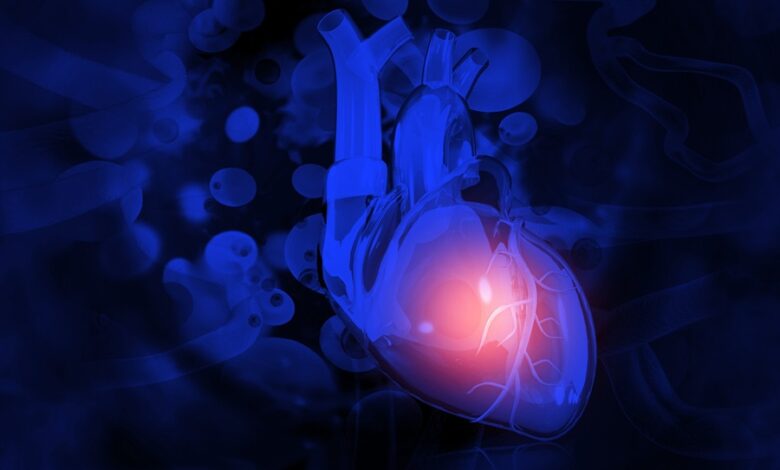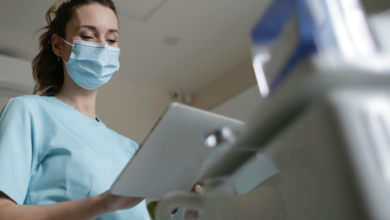Daily clinical news – Artificial Intelligence Broadens Diagnostic Abilities of Conventional Coronary Angiography – Surgical Techniques

Artificial Intelligence Broadens Diagnostic Abilities of Conventional Coronary Angiography
By HospiMedica International staff writers
Posted on 08 May 2024
Coronary angiography is an essential diagnostic tool used globally to identify coronary artery disease (CAD), with millions of procedures conducted annually. Traditionally, data from coronary angiograms are restricted to detecting blockages in coronary arteries. However, advancements in artificial intelligence (AI) technology are now enhancing the diagnostic capabilities of coronary angiography, extending its utility beyond simple blockage detection to include more complex functional and hemodynamic data, which can significantly enhance clinical decision-making and improve patient outcomes. Now, a new study has demonstrated that machine learning can extract comprehensive functional and hemodynamic data from routine angiograms.
The AI-ENCODE study conducted at the Mayo Clinic (Rochester, MN, USA) has provided new insights into how AI could automate the extraction of vital functional and physiological data from routine angiograms. This study utilized sophisticated machine-learning techniques to broaden the data range extracted from routine coronary angiograms. Researchers used a database of over 20,000 angiograms from the Mayo Clinic, spanning from 2016 to 2021, to develop and validate AI algorithms capable of extracting information on left and right ventricular function, intracardiac filling pressures, and cardiac index from just one or two angiographic videos. Echocardiograms conducted around the time of the angiograms served as the comparison ‘gold standard.’
Image: AI yields promising results for advancing coronary angiography (Photo courtesy of 123RF)
The AI models were able to predict left ventricular ejection fraction (LVEF), LV filling pressures, right ventricular dysfunction, and cardiac index with areas under the receiver operating curve (AUC) of 0.87, 0.87, 0.80, and 0.82, respectively. These findings indicate that the newly developed AI models successfully extracted vital diagnostic data that typically would require additional tests, such as echocardiograms or right heart catheterization.
“Traditional diagnostic tools in cardiovascular medicine harbor vast information, but much remains underutilized. The AI-ENCODE project proved that AI can be leveraged to unlock and deliver a broader, more meaningful spectrum of clinical findings from existing angiograms,” said Mohamad Alkhouli, MD, Division Chair of Research and Innovation at Mayo Clinic School of Medicine, and lead author of the study. “This study truly shows us AI’s prowess in revealing insights beyond what the human eye can see. It is important that we leverage AI’s capabilities as a diagnostic tool to provide the best possible for our patients.”
Related Links:
Mayo Clinic



